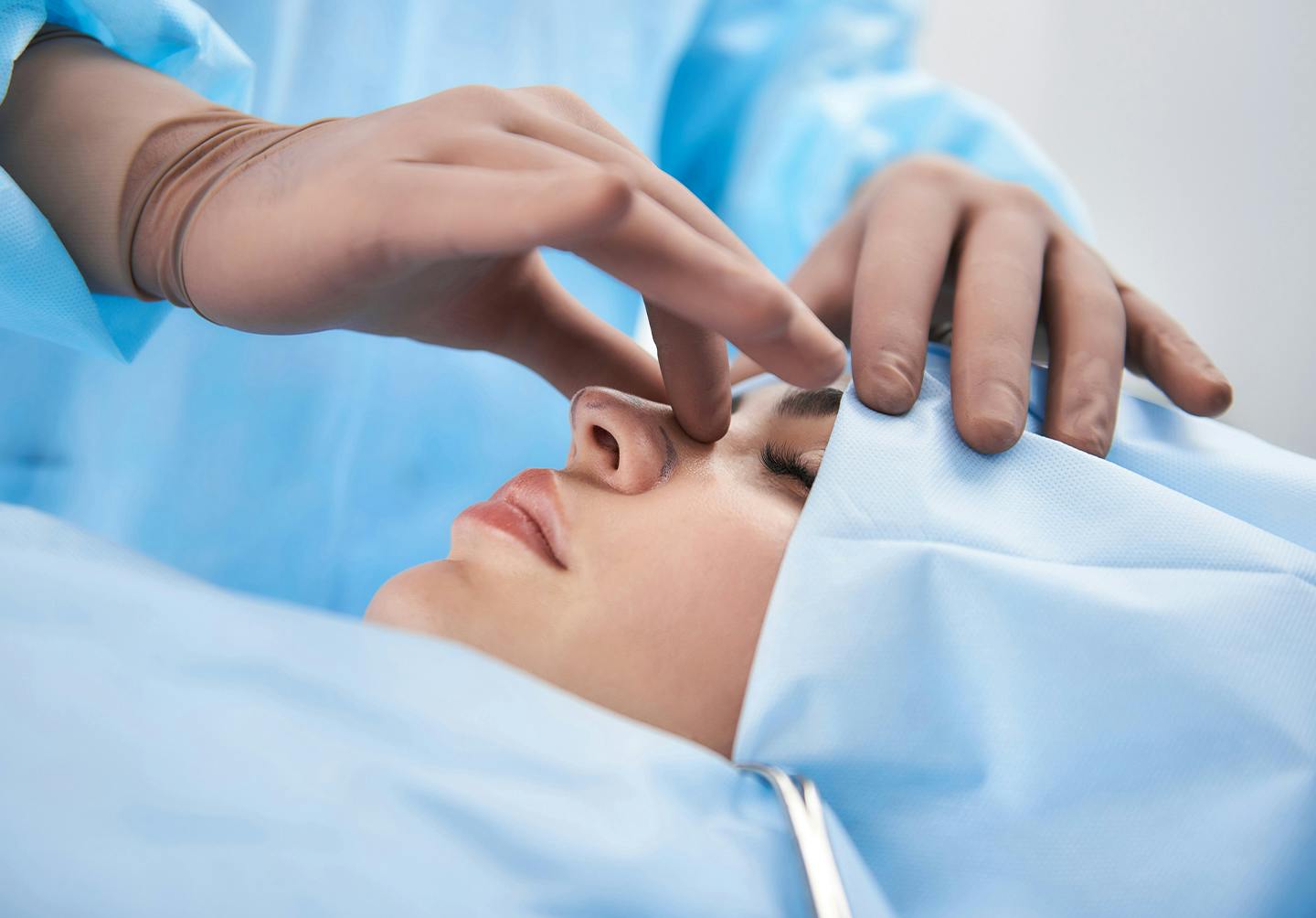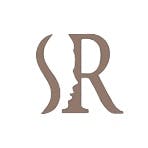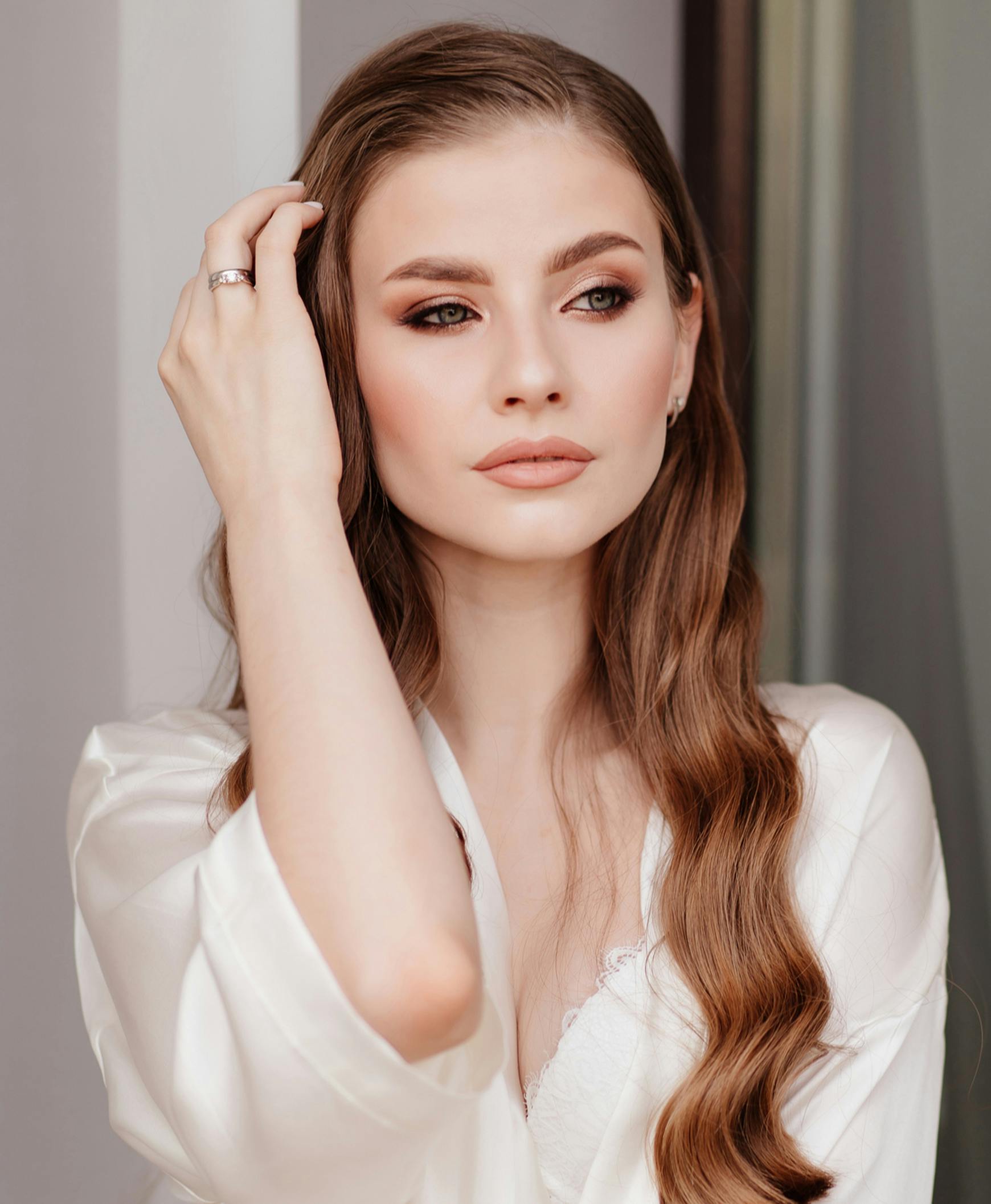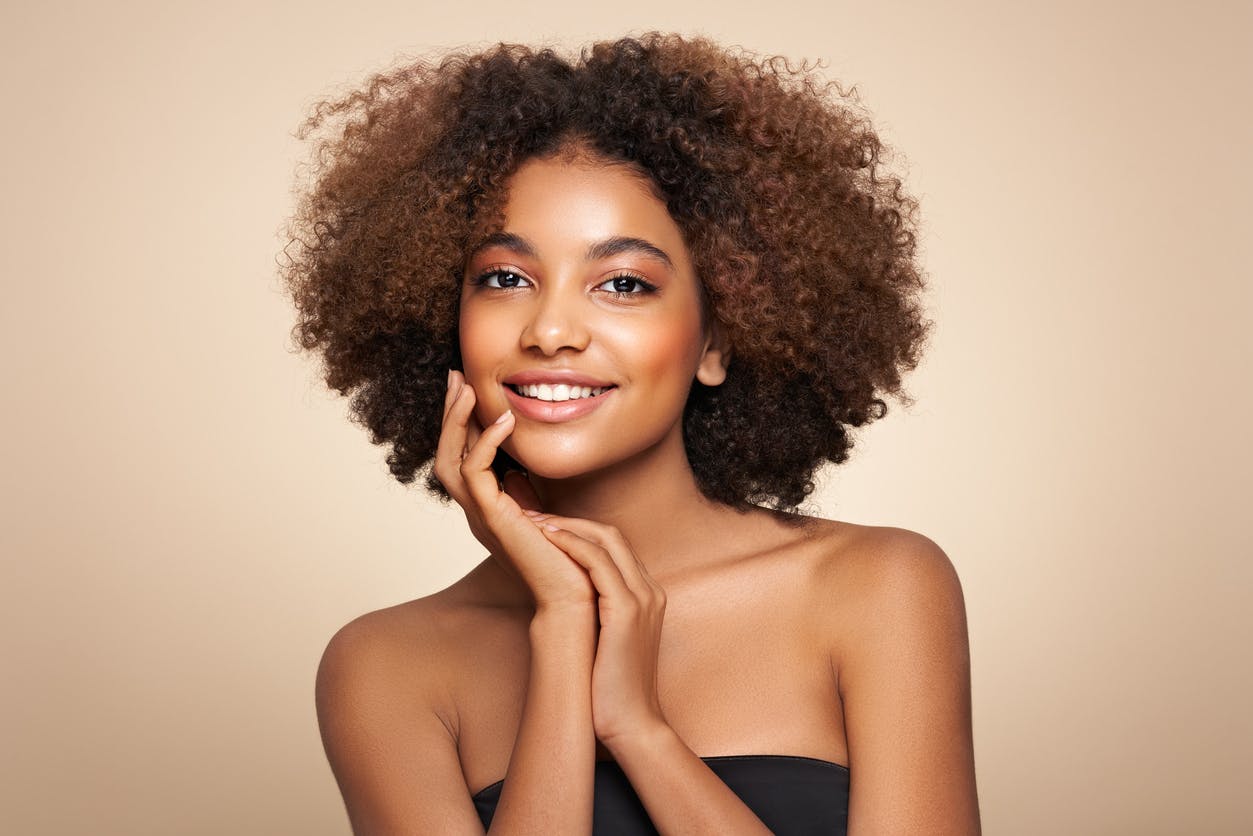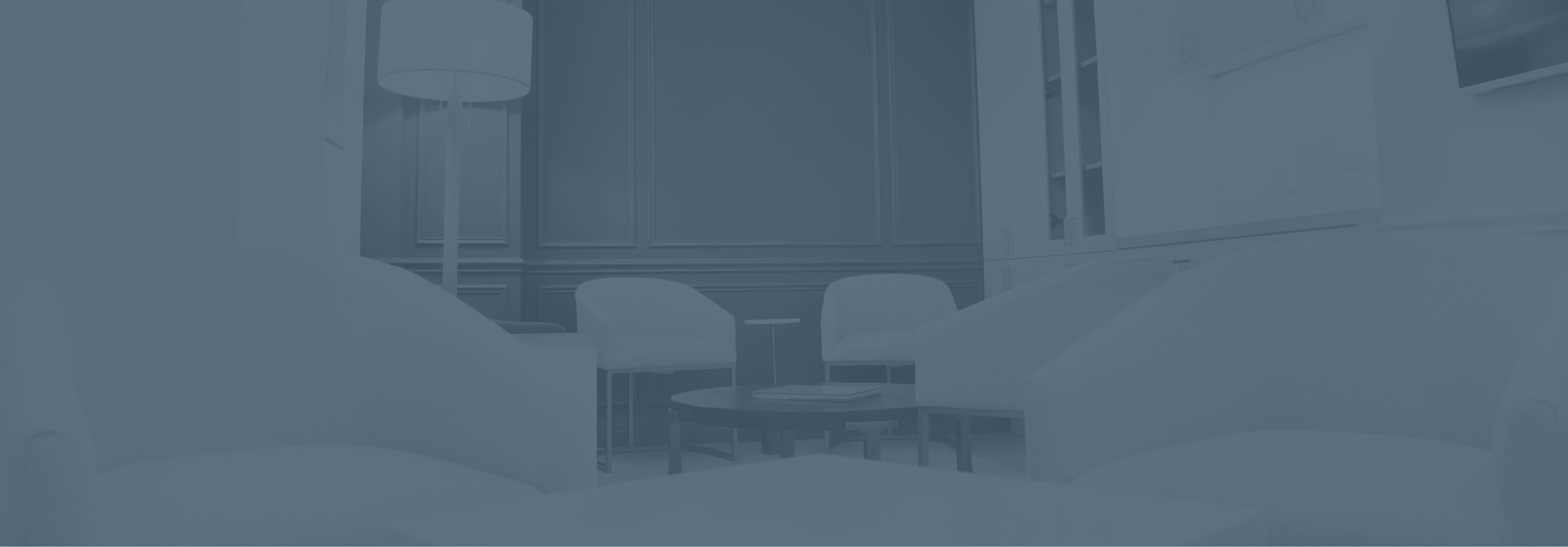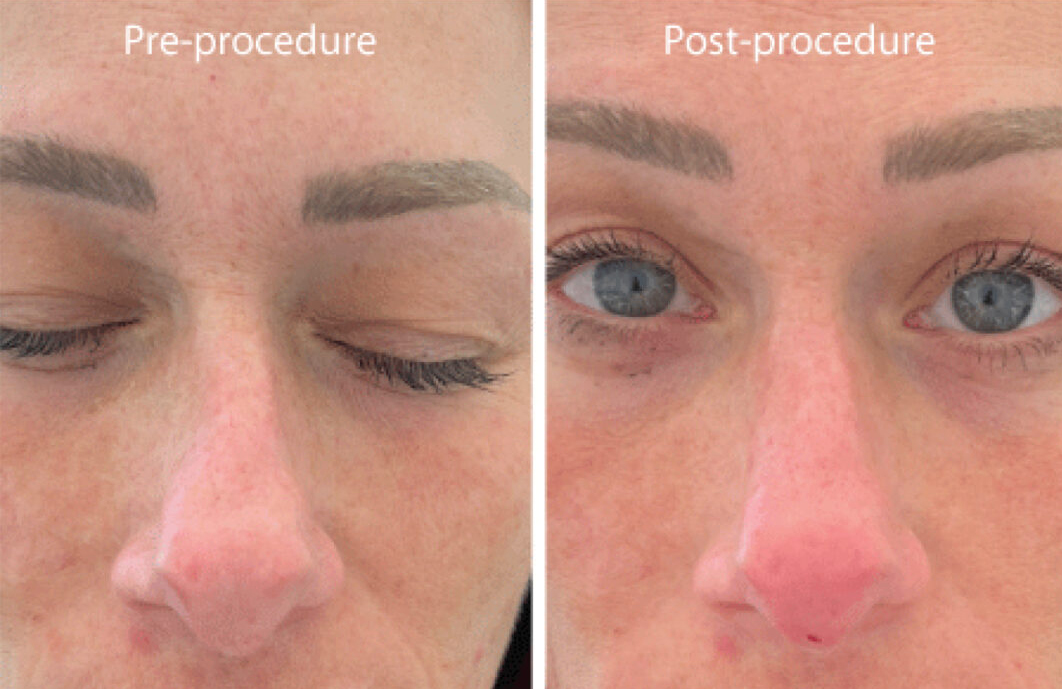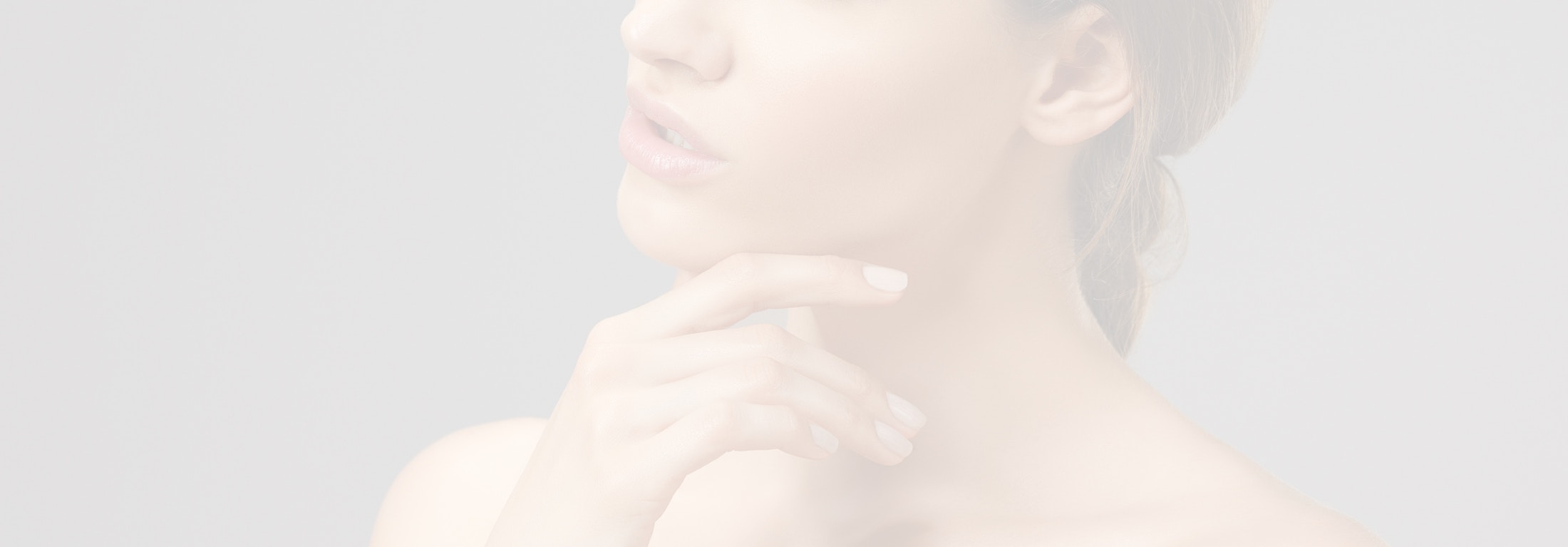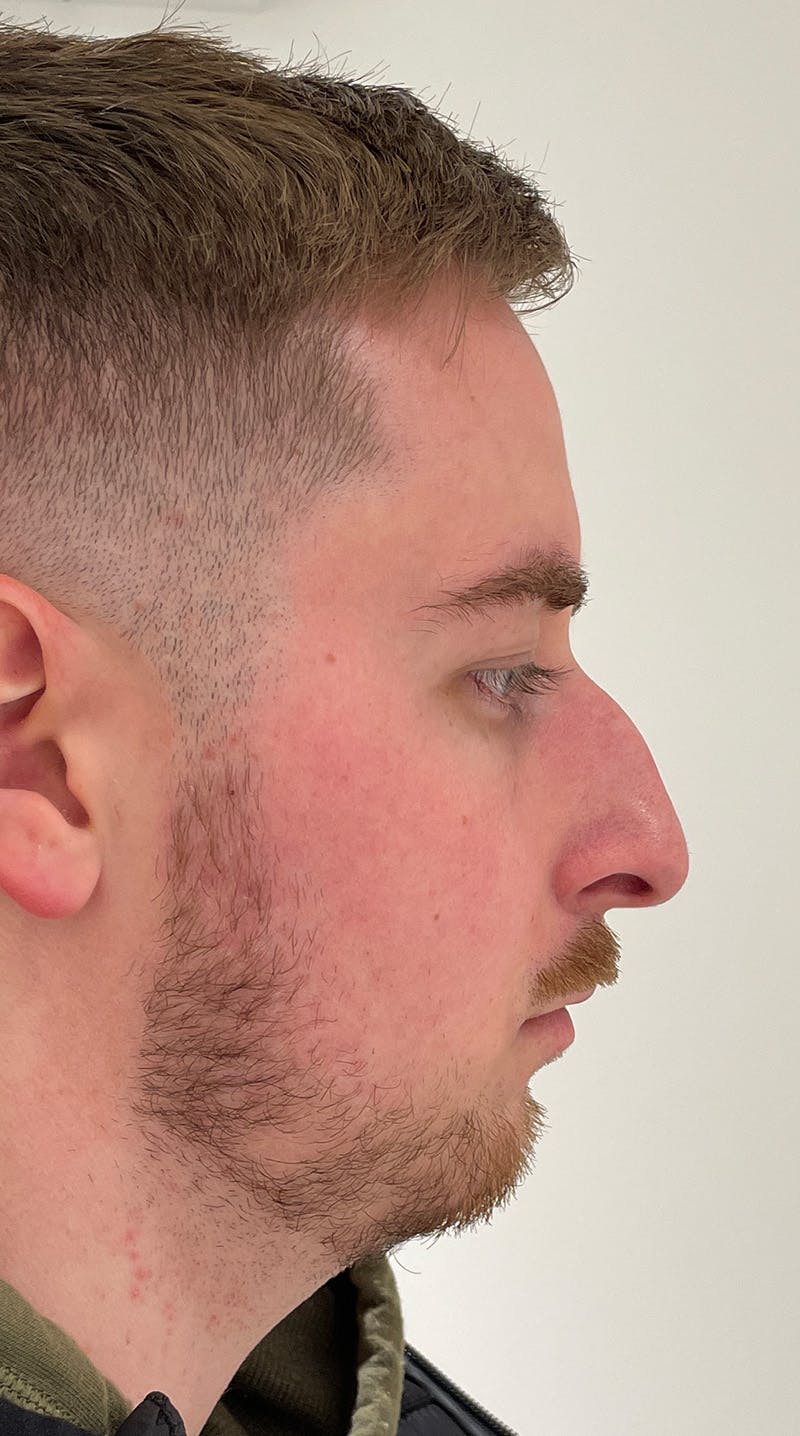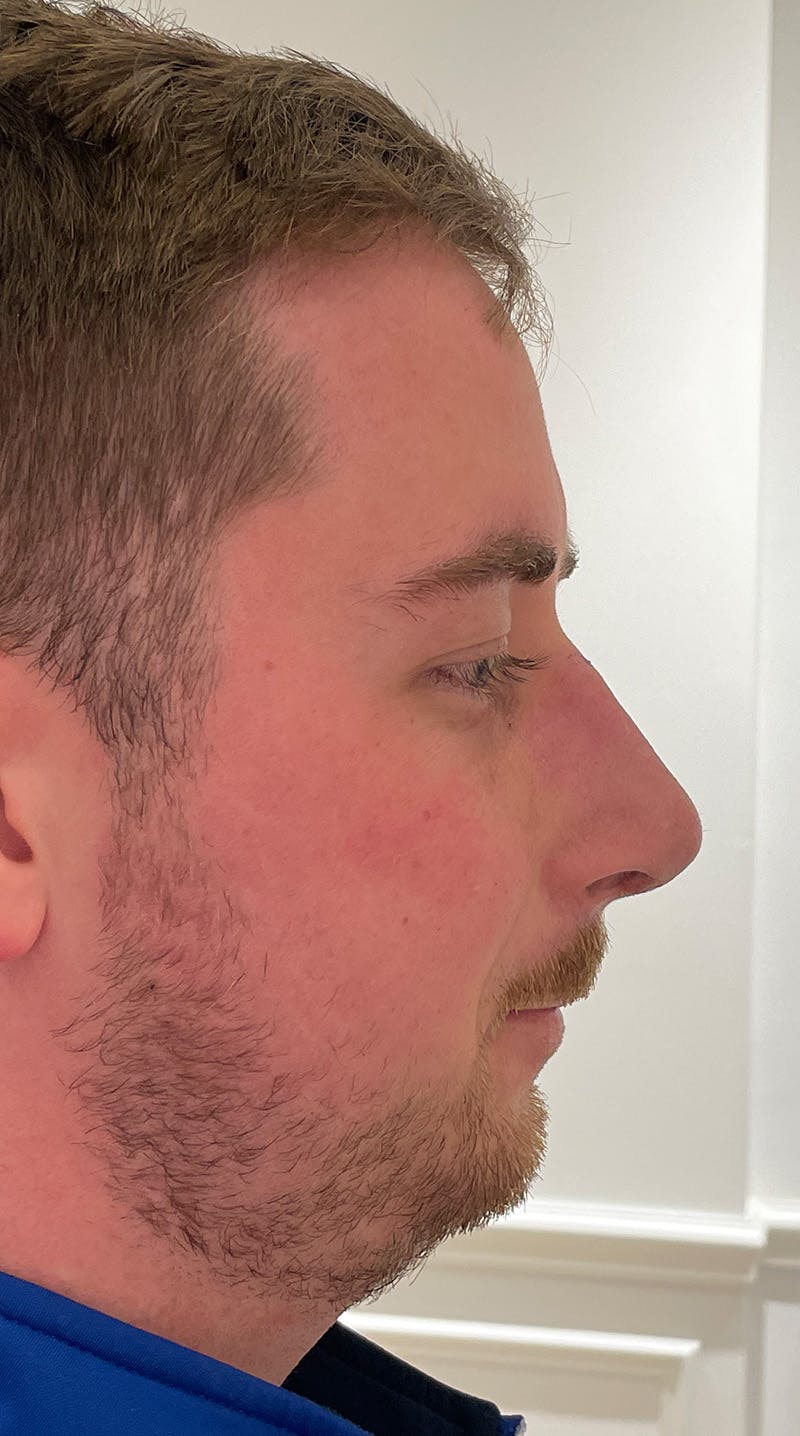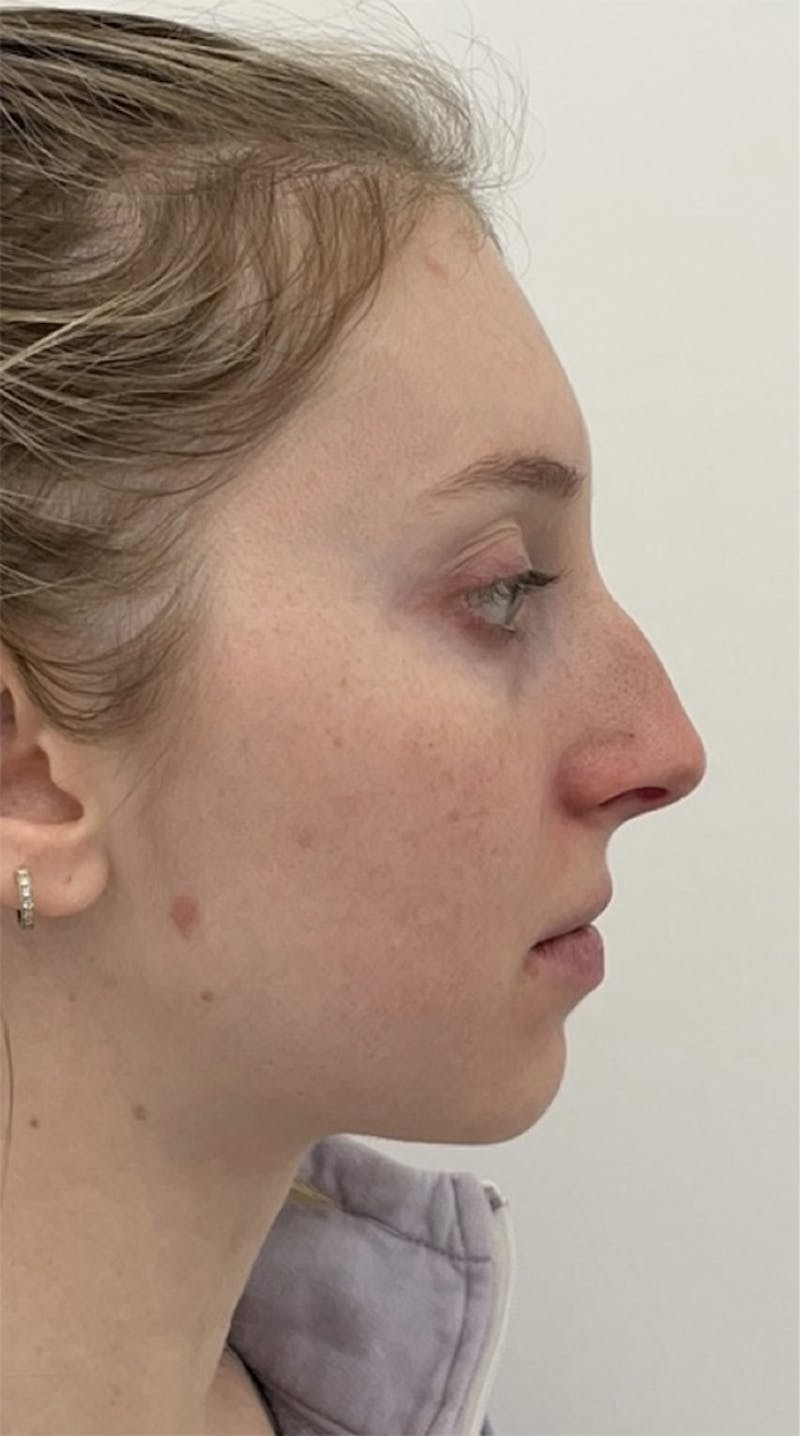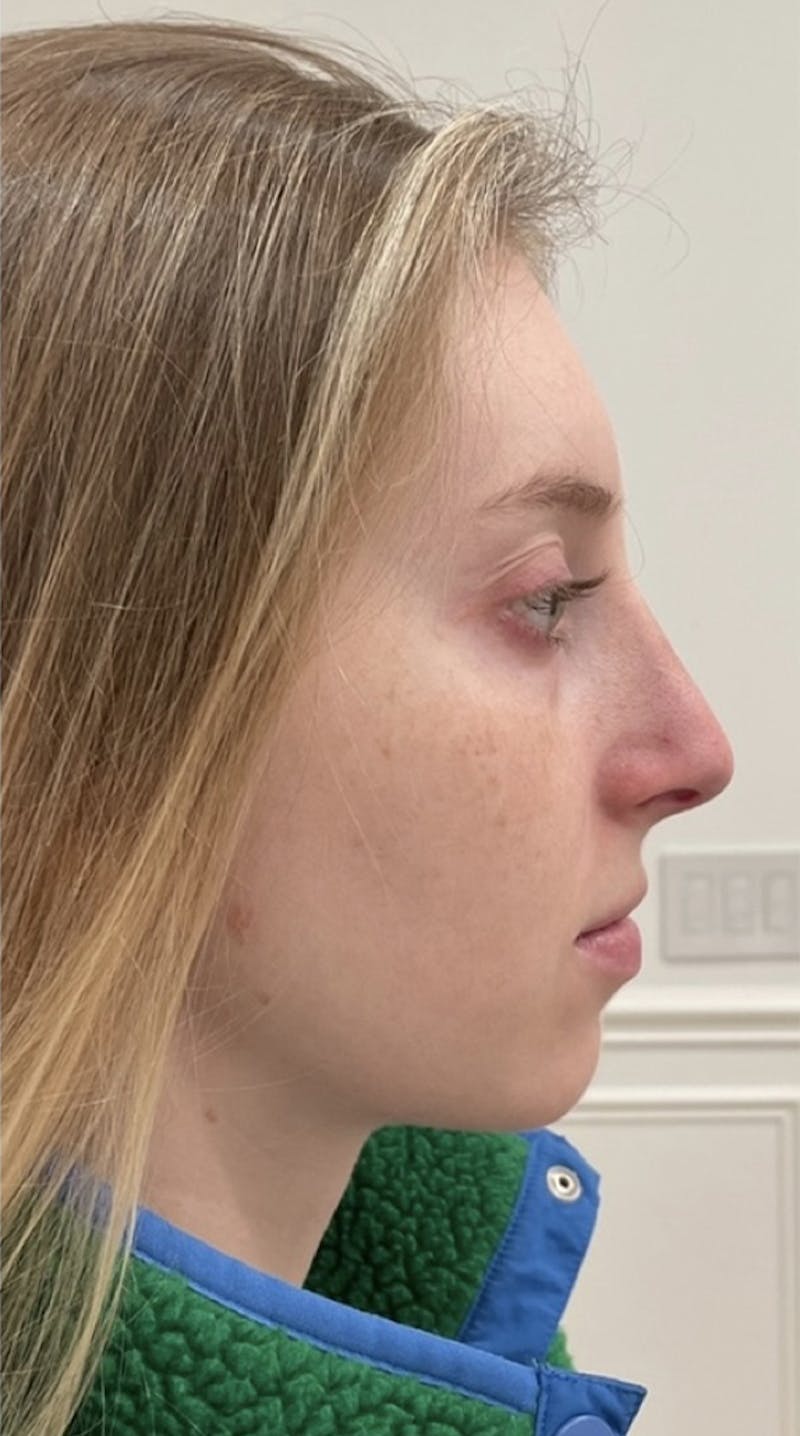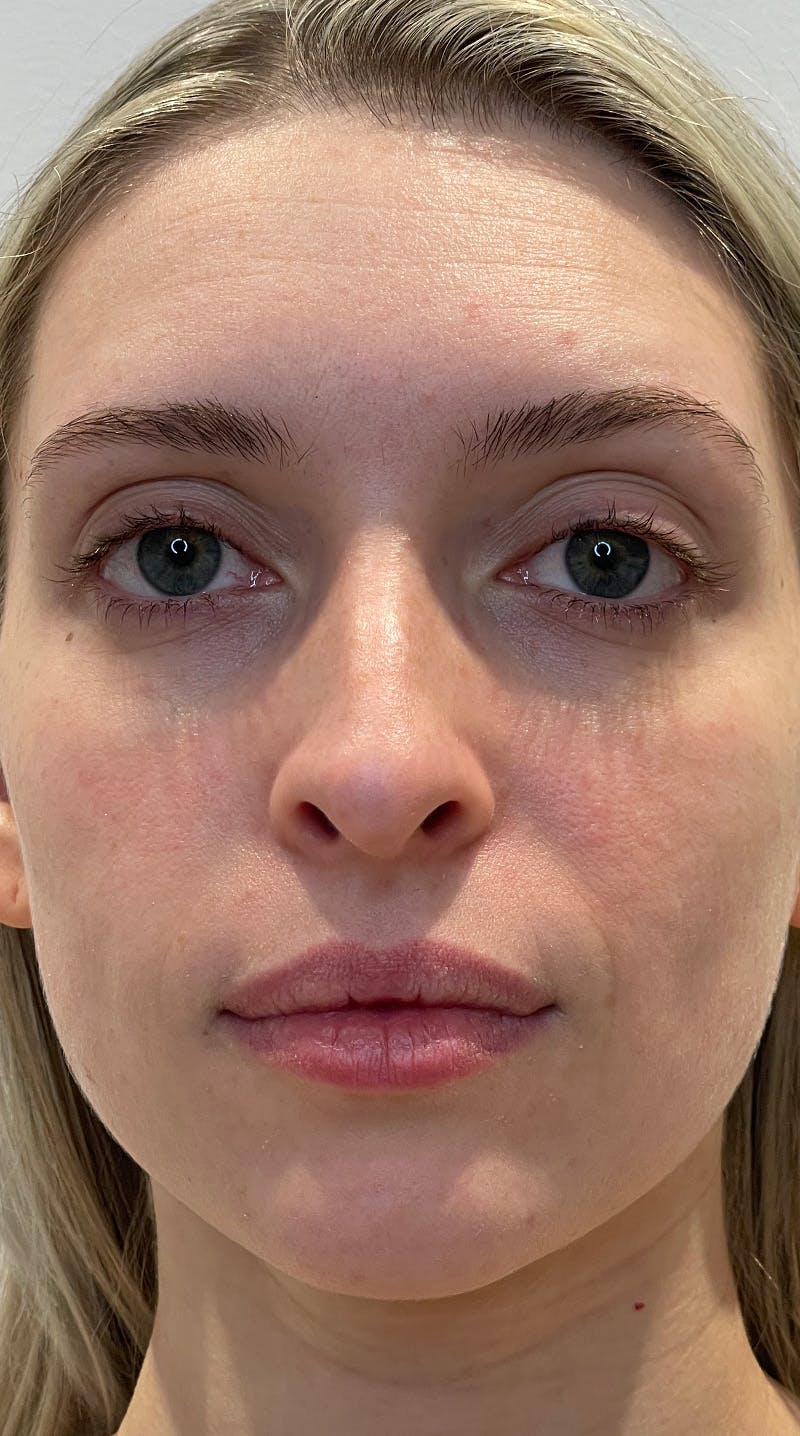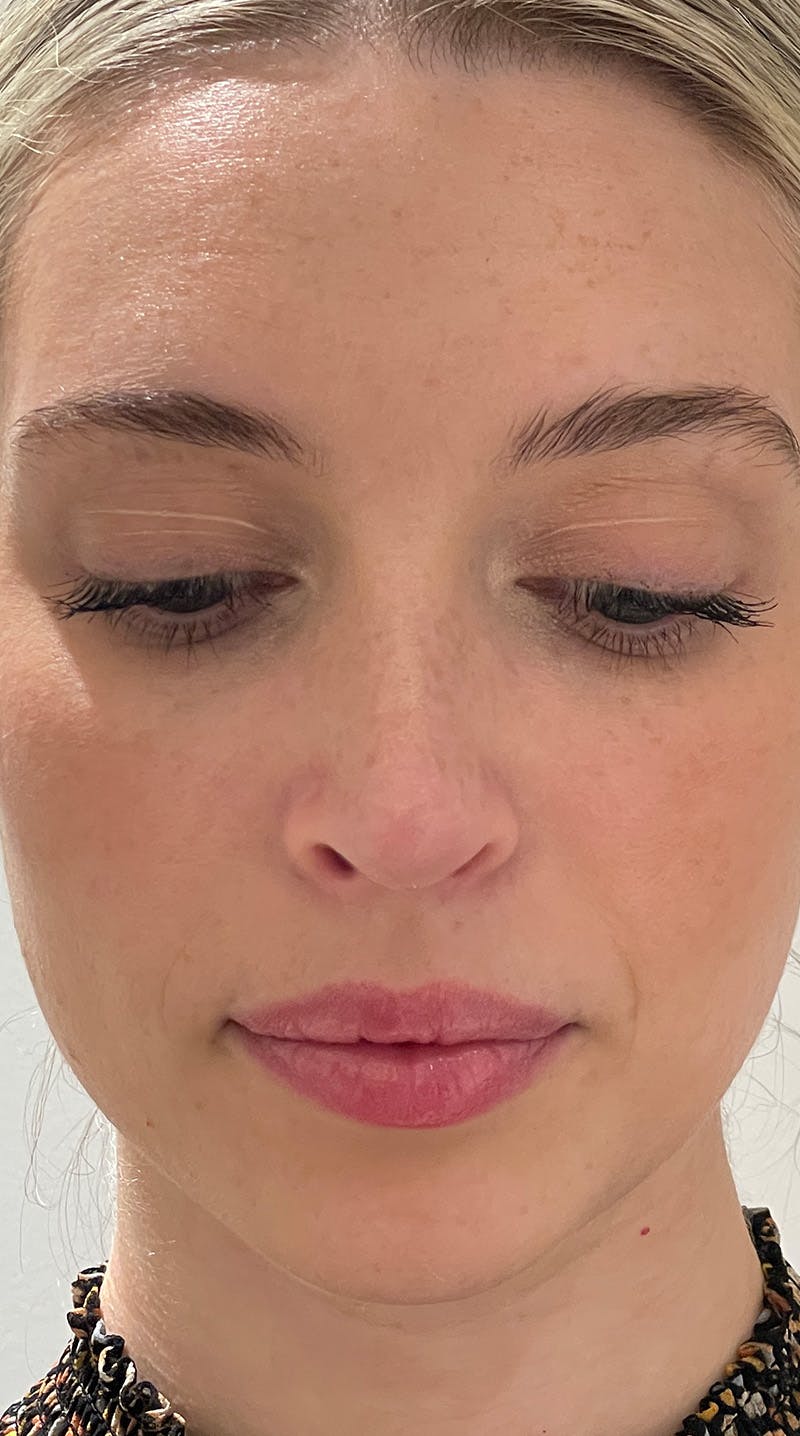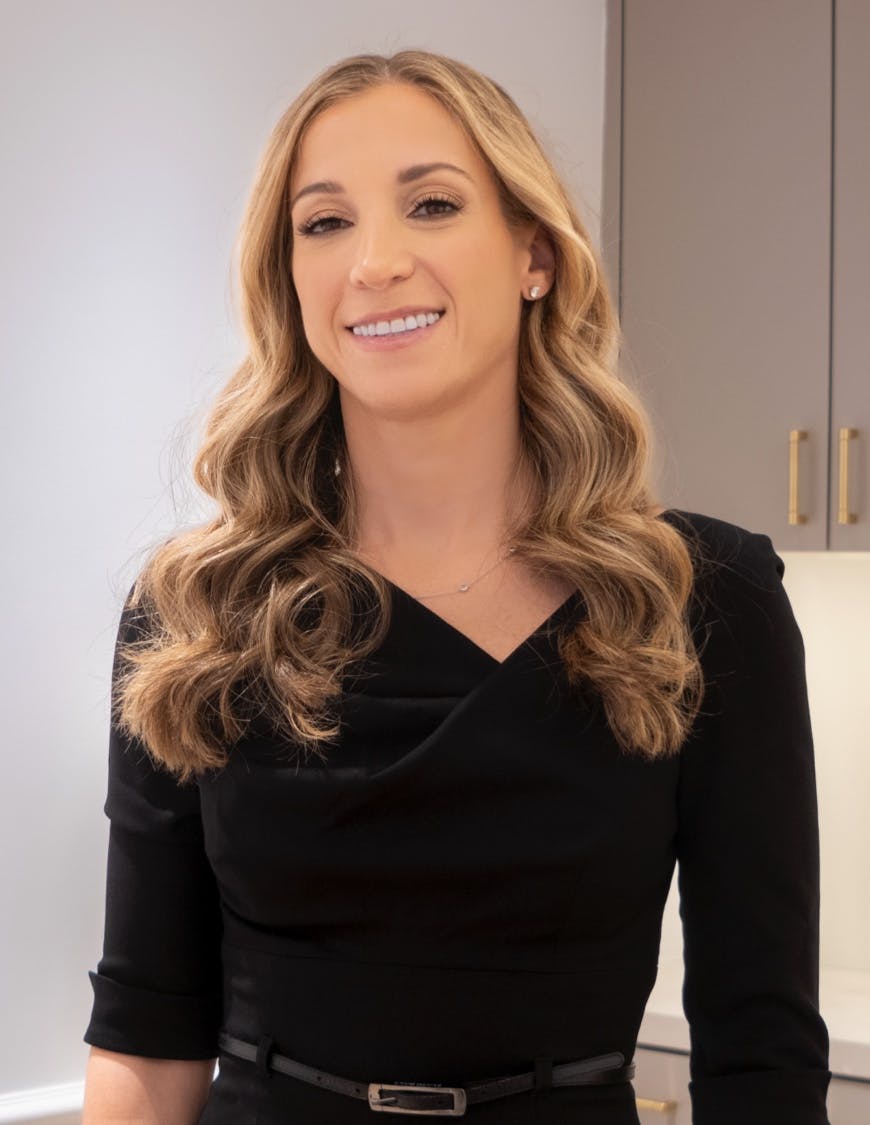Rhinoplasty, or a “nose job”, is one of the most common procedures performed by facial plastic surgeons, and one of Dr. Shari Reitzen’s main procedures.
What to Expect During Consultation
During your consultation, Dr. Reitzen will listen to your specific needs in order to help you obtain your desired nose size, shape, and function. Through her customized and dedicated approach to treatment and in combination with her utilization of state-of-the-art technology, her nose job in Upper East Side is minimally invasive with favorable recovery times.
Using morphing technology, Dr. Reitzen will be able to give you a sense of the proposed changes before the nose job is performed. She will establish your specific desires and reach a consensus on what is realistic and what isn’t. She will also show you images of rhinoplasty results from other patients so you can get an idea of the possibilities. Your consultation is also an excellent time to voice any questions or concerns to Dr. Reitzen.

